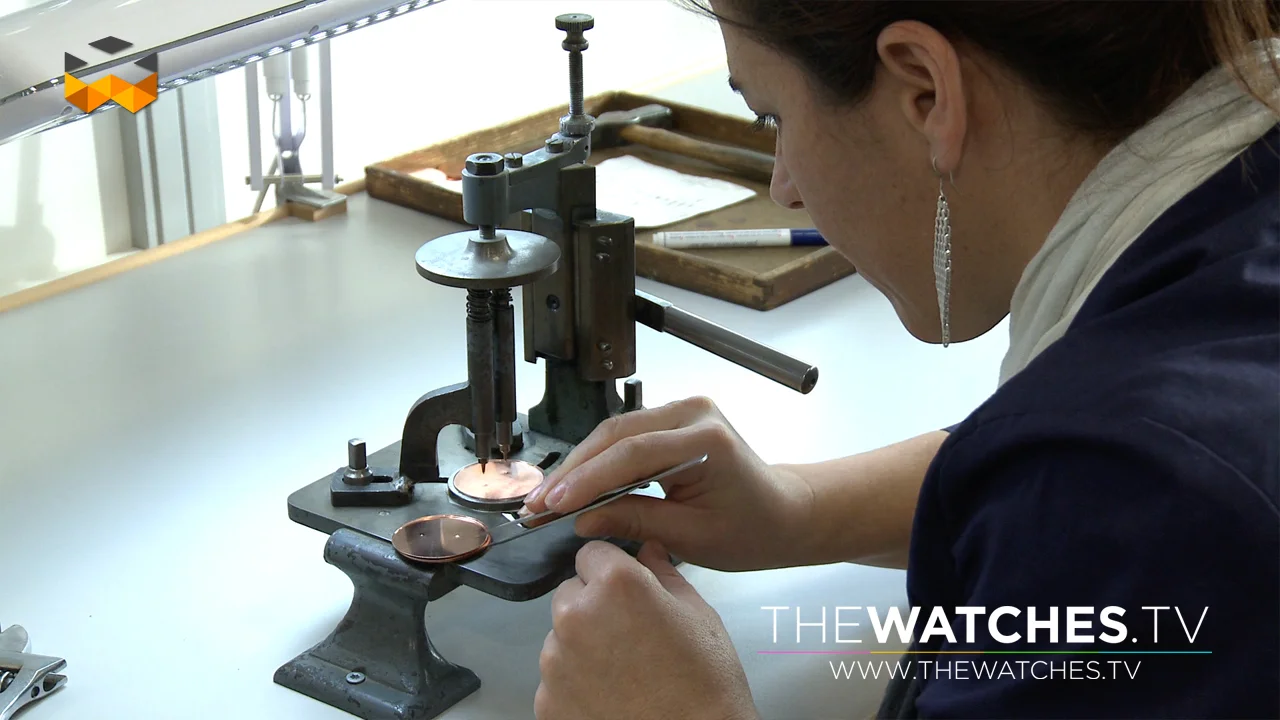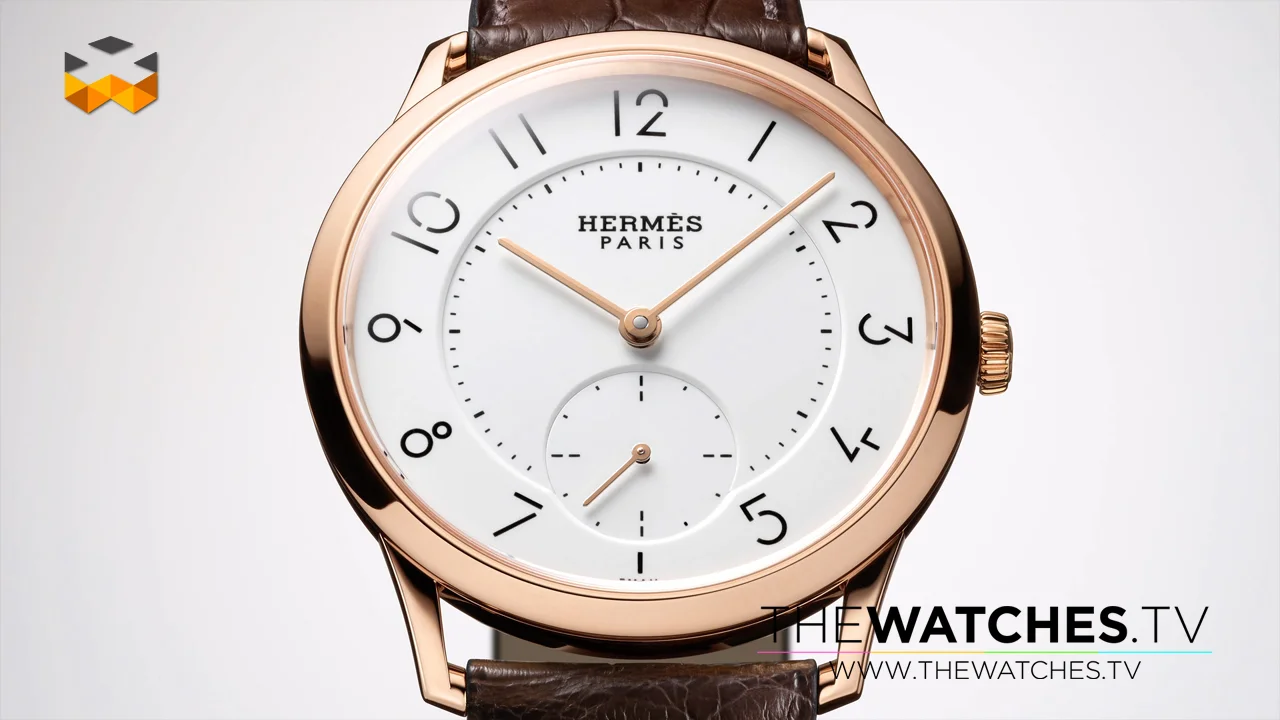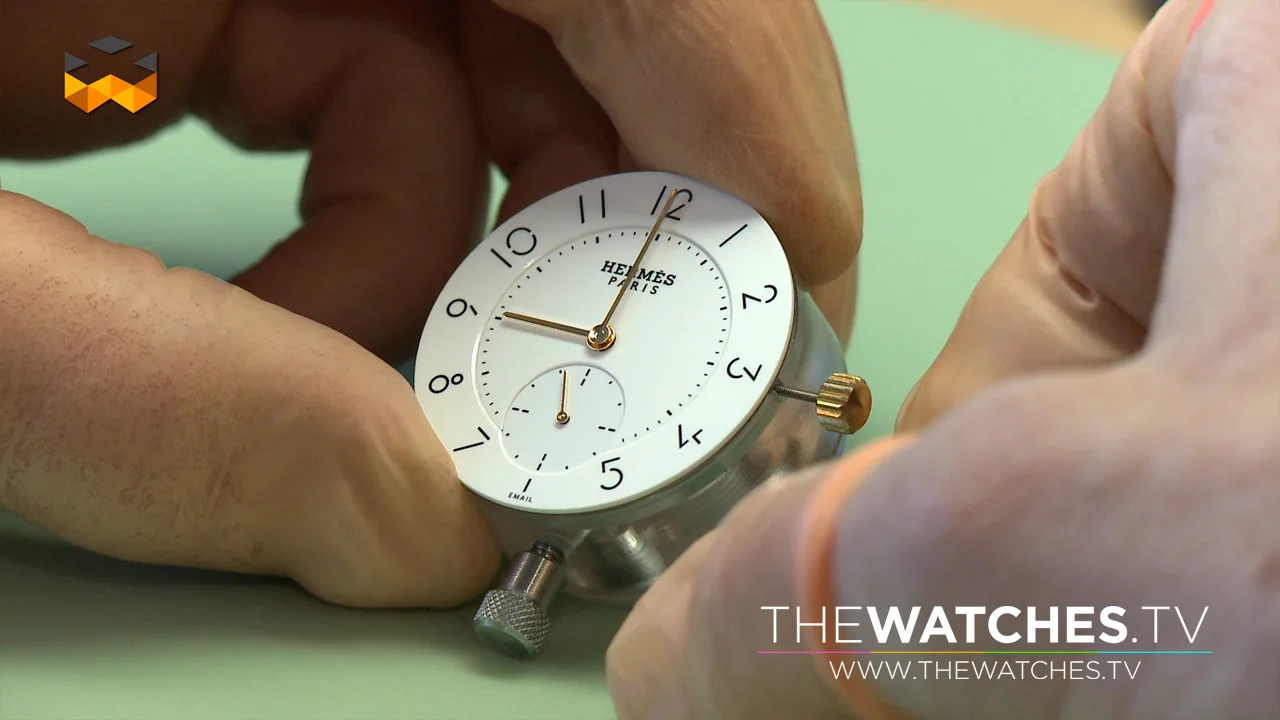Traditional Enamel Dial Manufacturing
"Dials made of enamel can last forever, have a great smooth aspect, are prestigious because of their very artisenal production process and have existed since the 17th century. We find them today in historical pieces visible in museums. This technique was used until the beginning of the 20th century. Then metal dials replaced them because it became possible to add colorful decorations. Since then, enamel has used mostly been used on exclusive watches.
Enamel is composed of glass powder extracted from silica. We don’t produce enamel powder ourselves; we buy it from companies mostly based in France, the United Kingdom, and the United-States. They contain metal oxides that give different colors to the substance, essentially added to transparent enamels. The whiteness and opacity of the white enamel dial comes from the breakdown of arsenic. But today, there is no substitute for obtaining the whiteness we have on our dials, for instance. We work following the same traditional method used before.
This starts with a disc made out of copper. This precise metal is used because of its maneuverability. It allows us to create dials with different shapes, both domed and flat. First, we weld feet to the back of the disc. Then we heat the dial to about 950°C to relax the metal. The process continues by cleaning it and scrubbing it to reintroduce some tension. Thus, the piece remains solid during the next operations. The first layers of enamel are put on the back and front of the dial at the same time by dusting enamel powder before putting it in the kiln for the first time. The back layer is necessary as every new one added on the front adds tension to the metal. Without it, the dial would bend and finally break.
This contre email (counter enameling) helps to balance forces every step of the way and serves to maintain it during the whole life of the dial. Depending on the final thickness of the dial, up to 6 layers of powder are added. The final goal is to have the most immaculate white color possible. Before every new cycle, the dial is also cleaned with a metallic tool to remove cracks. Then the dial is ready to receive further elements as requested by our client. Using the pad printing technique, we transfer colored enamel from a cliché onto the dial, which is domed. Once this has been accomplished, the dial heads to the kiln one final time, which brings the whole dial back to a fusion state that is immediately evened out by pressing on the surface with a bar of coal. If a crack appears at this point that can’t be removed, the dial is considered defective and thrown out. This operation causes about 40% rejects. On the exterior of the dial the enamel is not flat but domed. This must be eliminated to have a perfectly flat dial — like the one for the Hermès watch, for instance. We eliminate about one centimeter’s worth of material from the diameter. The Hermès dial is made out of three separate parts that must be assembled to create the final dial. We manufacture each of them independently before gathering them into a set. It takes 80% manual operations to create the appropriate angles that will ensure a perfect match of all the parts together. They are then welded together using tin. Its a fragile dial that once encased lasts forever. The white color will remain unchanged. The color of lacquered dials will imperceptibly change throughout time. A dial made out of enamel is like gold: timeless."

















